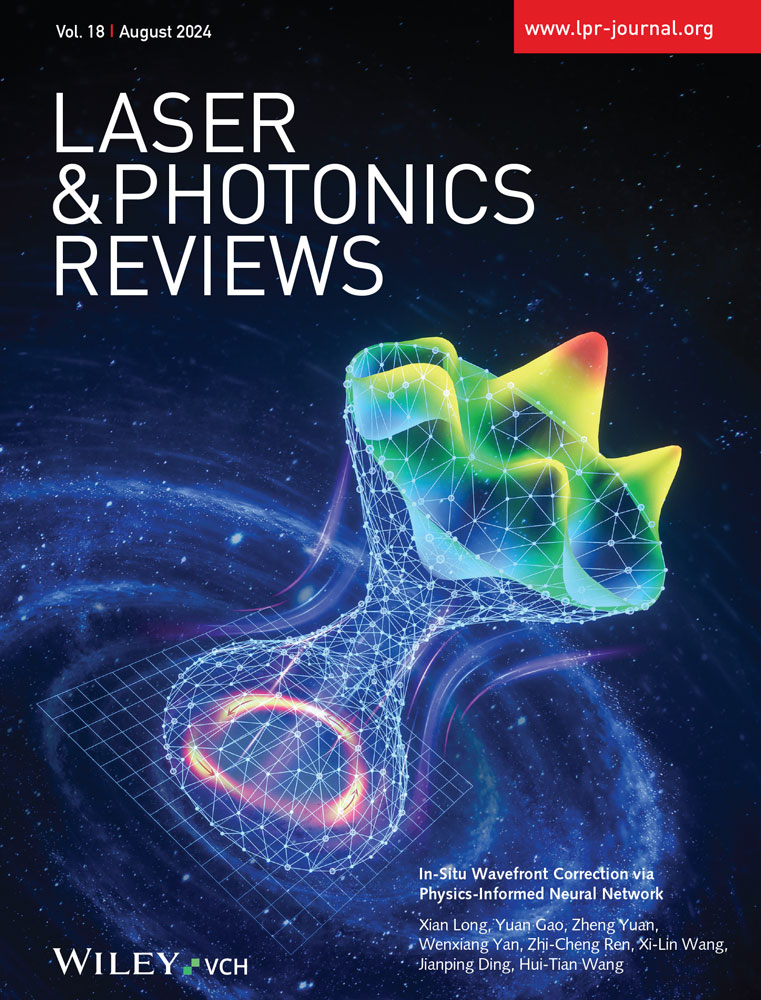Shaping of Vector Beams Based on Caustic Design
Abstract
Appropriate wavefront design can endow light fields with many useful properties, such as accelerating, anti-diffracting, self-healing, and the capability to exhibit customizable intensity shapes. The strategy of arbitrarily combining these properties to develop novel optical fields mainly relies on caustic methods. However, caustic methods have rarely been applied to the construction of vector fields. Here, slowly changing polarization information is introduced to the caustic rays, aiming to establish direct connections between conventional rays and vector beams in the physical representation. In this manner, a technique is developed to create non-diffracting vector beams with polarization states that can vary along the caustic curves as needed. It is also demonstrated that the superposition of intersecting ray families can basically determine the polarization states of the other points in the fields. This may provide a new route for designing various novel vector fields and directly promote research in wave and focal field shaping, thereby offering more flexible beam options for applications such as material processing, particle manipulation, and microscopic imaging.
Conflict of Interest
The authors declare no conflict of interest.
Open Research
Data Availability Statement
The data that support the findings of this study are available from the corresponding author upon reasonable request.




